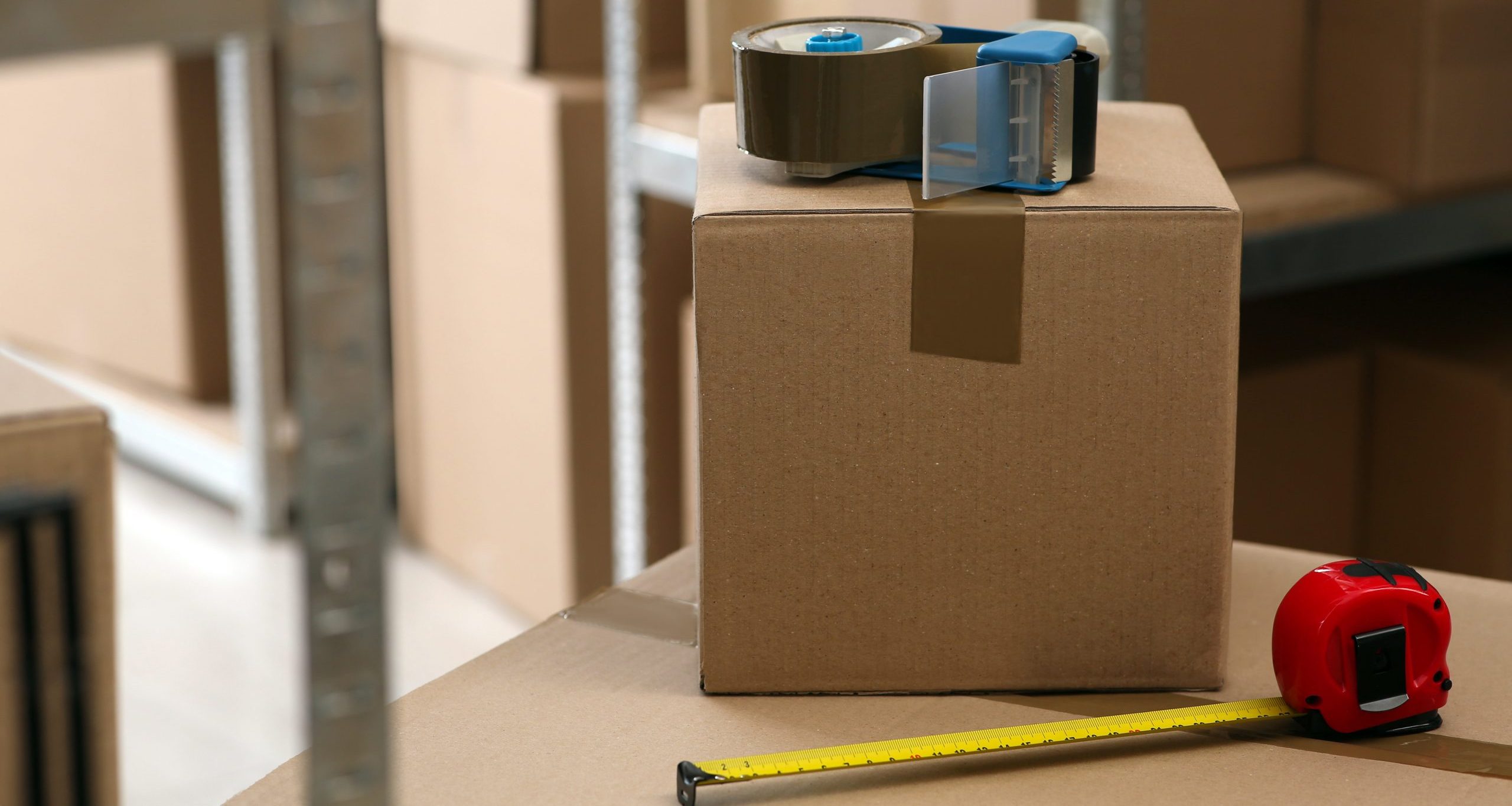What Are Shipping Adjustments? Why Do They Happen and How to Prevent Them.
A Shipping Adjustment, often referred to as a Price Adjustment, is what occurs when someone has entered incorrect shipment details while generating a shipping label. The concept of “Shipping Adjustments” is pivotal for anyone involved in the logistics and shipping sector. It is very important to understand that shipping price adjustments, or shipping adjustments, are a standard industry practice. Every shipping carrier adheres to this norm. To avoid these shipping adjustments, it’s essential to ensure that you input the accurate details when purchasing a shipping label, as highlighted below. Any discrepancies in the shipment details or any omission of information can activate a billing adjustment from the courier. It’s a startling fact that, on average, 30% of shipments undergo shipping adjustments and this usually means additional charges, billed to you after the fact. There are three major reasons for Shipping Adjustments:
- The package measurements/dimensions
- The package weight
- The package type/special handling requirements
After you have shipped your package, the correct shipping label price is always verified by the shipping carrier that you selected. If you paid an incorrect amount to ship the order, then your carrier debits you the difference. Are you wondering why and how these Shipping Adjustments occur and how they can be avoided? Read on for a comprehensive explanation of each factor leading to Shipping Adjustments and strategies to avoid them.
- Package Measurements – All carriers employ electronic imaging to capture the packages as they are processed through the shipping hub. Some of them even utilize laser scanners to measure dimensions down to a fraction of an inch. When your package passes through the imaging process the dimensions are recorded at the largest angle. For instance, if a box measures 8 inches at one end and expands to 8.25 inches in the middle (due to compression) the recorded measurement for shipping adjustments will be 8.25 inches. It’s a known fact that carriers never round down; we advise that you round up whenever possible.
- Dimensional Weight – Each carrier uses a specific formula which is individually taken into consideration when you enter your package dimensions. If the package is very large and very light the carriers will use a dimensional weight instead of the actual weight of the package. This formula is derived from multiplying length, width, and height and then dividing by a carrier-specific divisor. The good news is that PaidShipping does the math for you; the bad news is that if you enter the incorrect dimensions a shipping adjustment could be headed your way. The good news is that PaidShipping does the math for you; the bad news is that if you enter the incorrect dimensions an adjustment could be headed your way.
- Special Handling –Our carriers carefully consider how the contents of your shipment are packaged. Is your item a very long, wide or odd shaped box, or perhaps not boxed at all (a practice we discourage)? The intricate network of conveyors in shipping hubs facilitates the movement of your packages. If the item is bulky it will need to be removed from the conveyor thus requiring special handling. Other considerations that might lead to shipping adjustments include items housed in plastic containers, those with glossy surfaces, or those packaged in tubes. Such items, when reaching an incline or decline on the conveyor are at risk of slipping off and would require special handling. A handy rule of thumb is to ask yourself “can this package be conveyed?” If not, you will need to check the box for special handling. To get ahead of any unexpected adjustments and do your due diligence, here’s a helpful guide for packing unusually shaped products.
How to prevent adjustments. To ensure you never encounter unexpected shipping adjustments, follow these simple steps:
- Measure your package at the largest point on each side
- Weigh the package
- Weigh the package again (because who trusts a scale on the first weigh-in?)
- Indicate any special handling if your package is not a corrugated standard size/shape box.
- Take your time in entering your information and double check all your shipment details in the “Finalize & Pay section”. This quick check can This diligence can not only ward off potential shipping adjustments but also avert transit issues
To further protect your packages, consider looking into shipping insurance. PaidShipping is known for having one of the best shipping insurance plans in the market. With our shipping insurance, when insurance is requested – we cover the first $100 of the package value for free. If your item is worth $100 or less and arrives damaged, our shipping insurance will reimburse you the value of the item, up to $100. This is done through our streamlined and simplified online claims processWe dislike adjustments and we know you do too. Our goal is for your experience with PaidShipping and our courier partners to be seamless and hassle-free. Let’s spread the word to end adjustments on PaidShipping shipments.

 By Paid
By Paid

